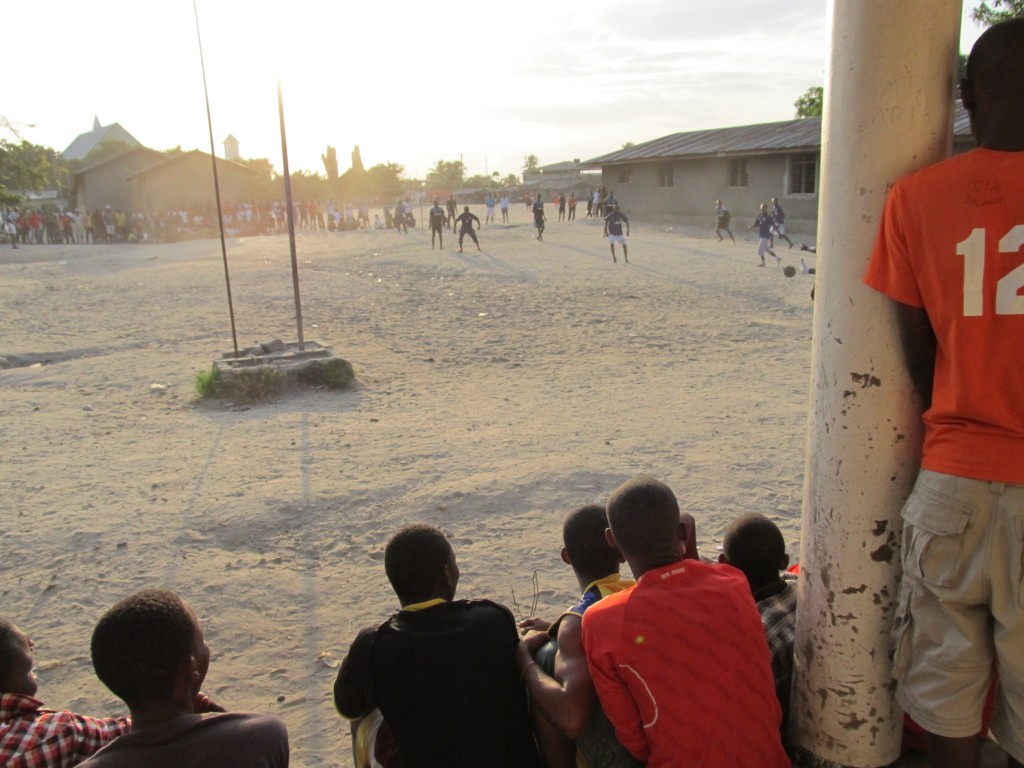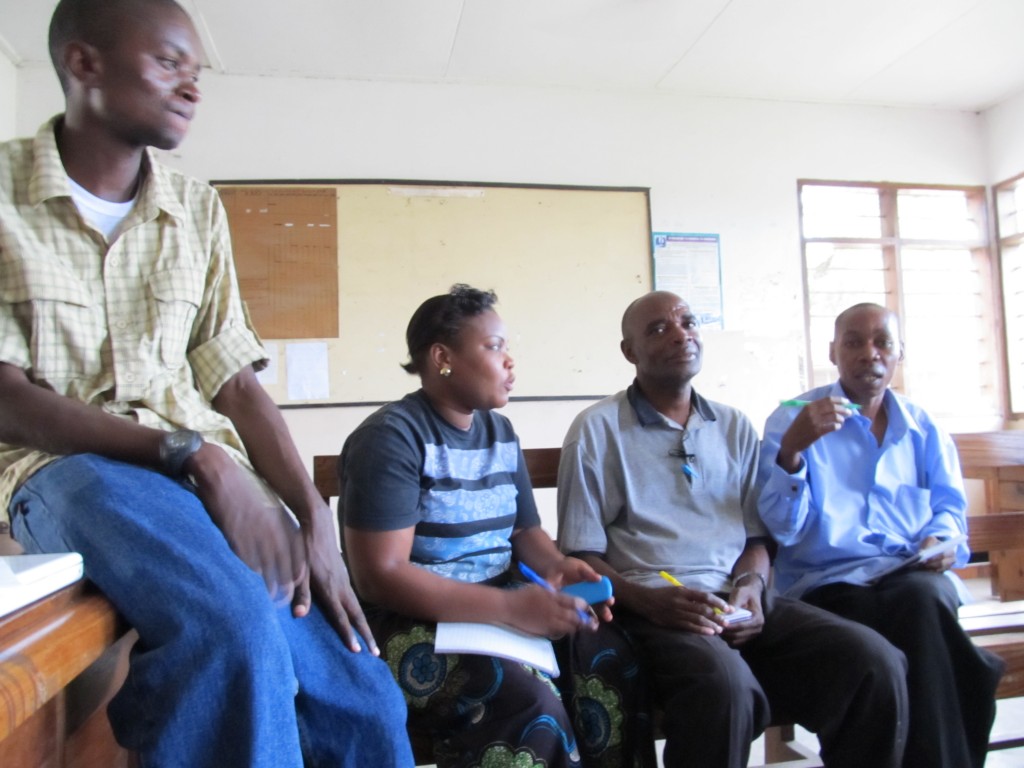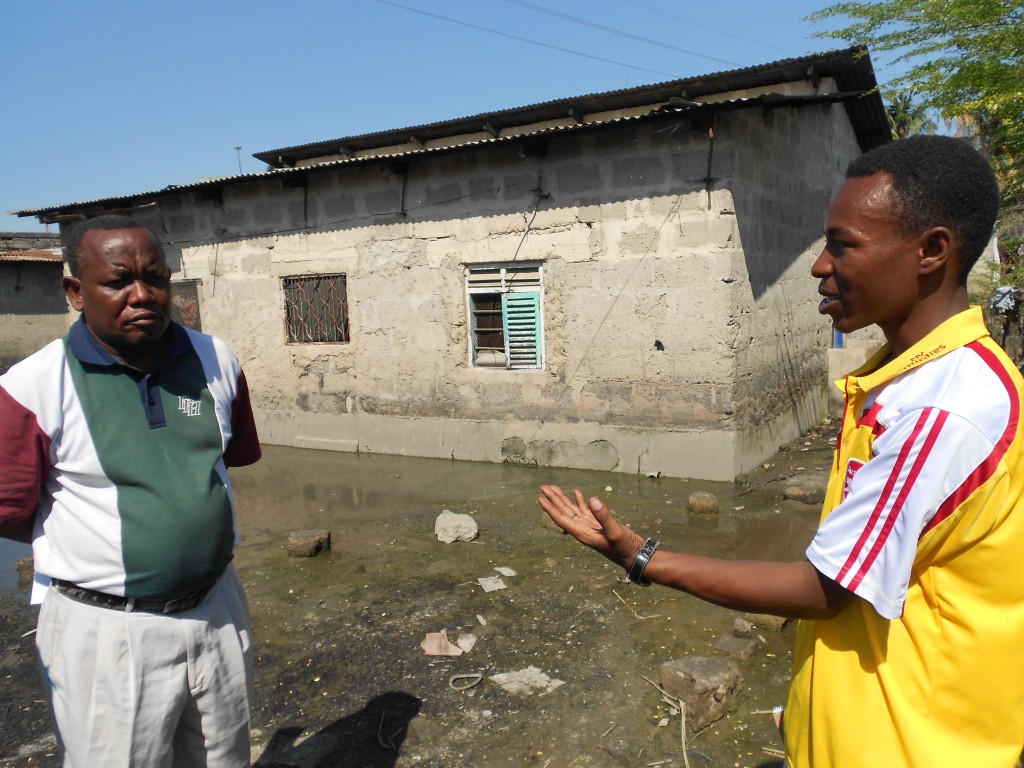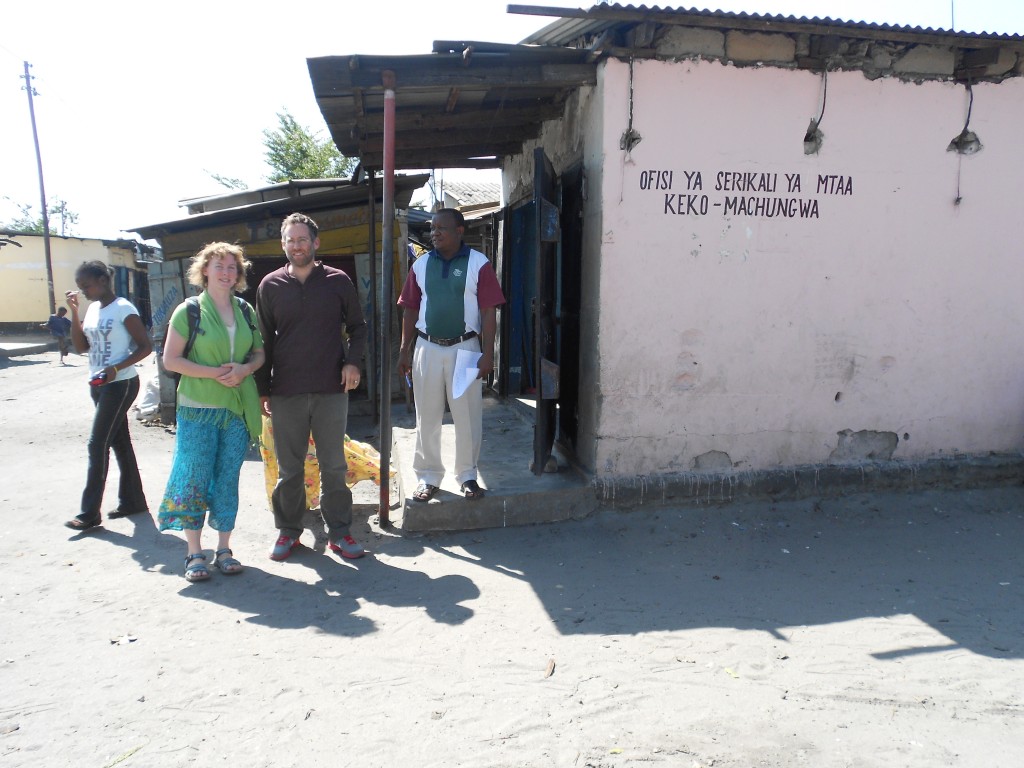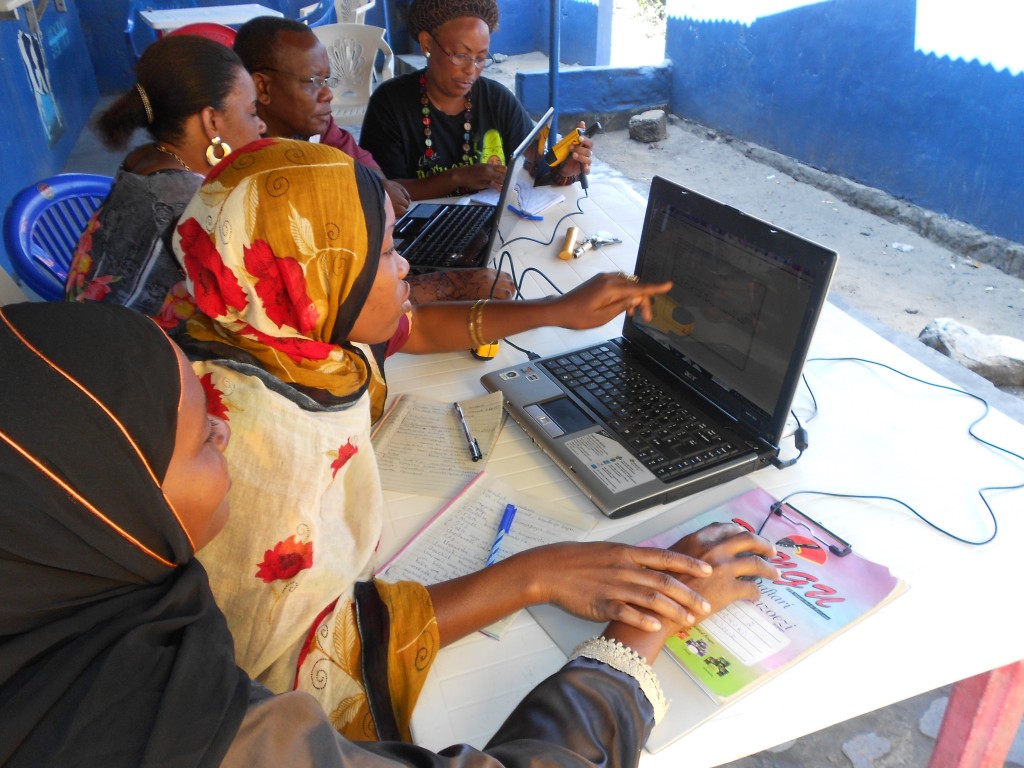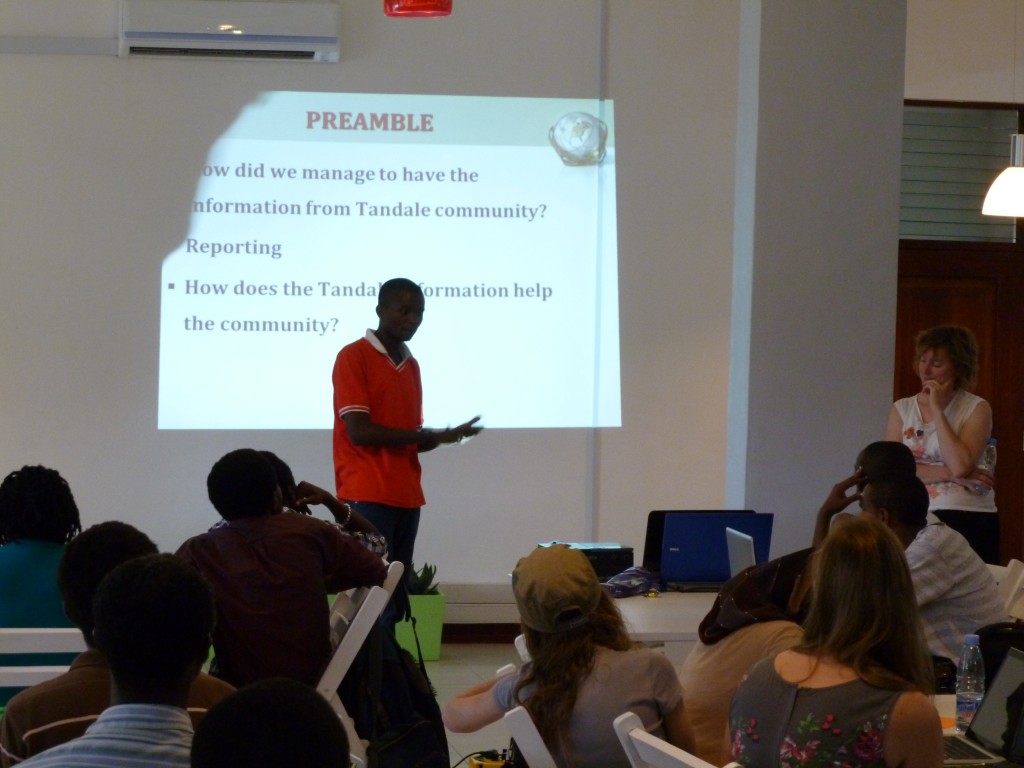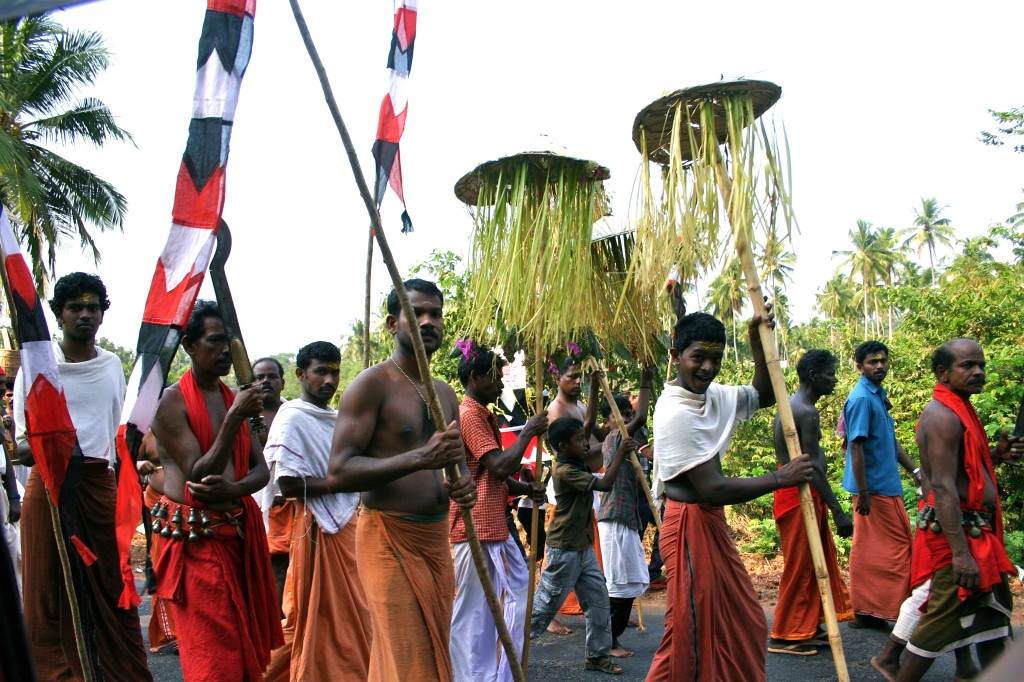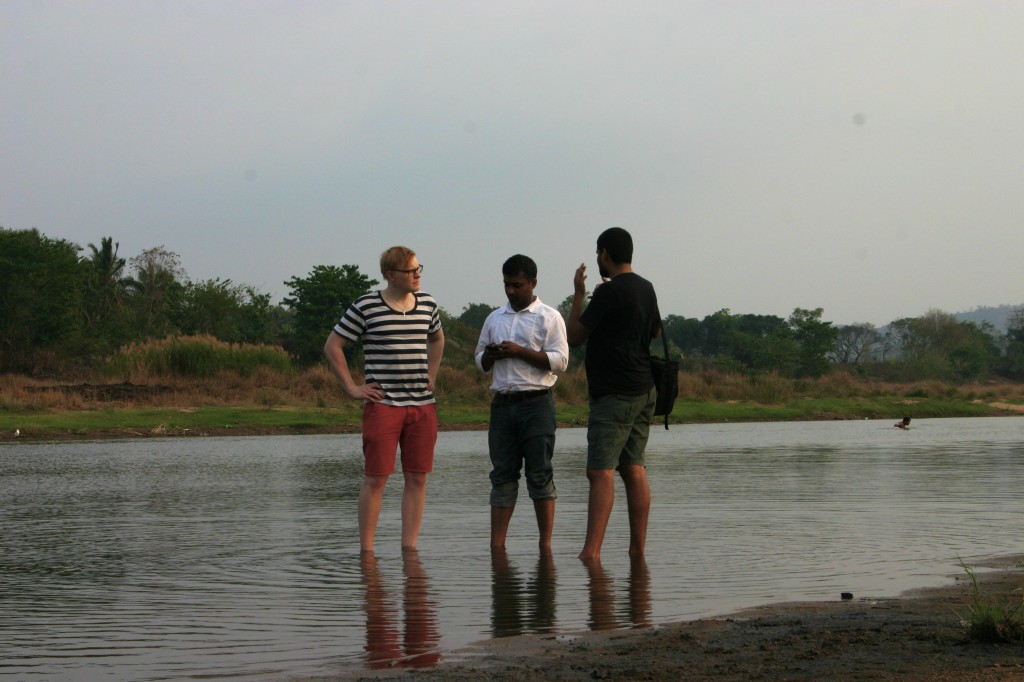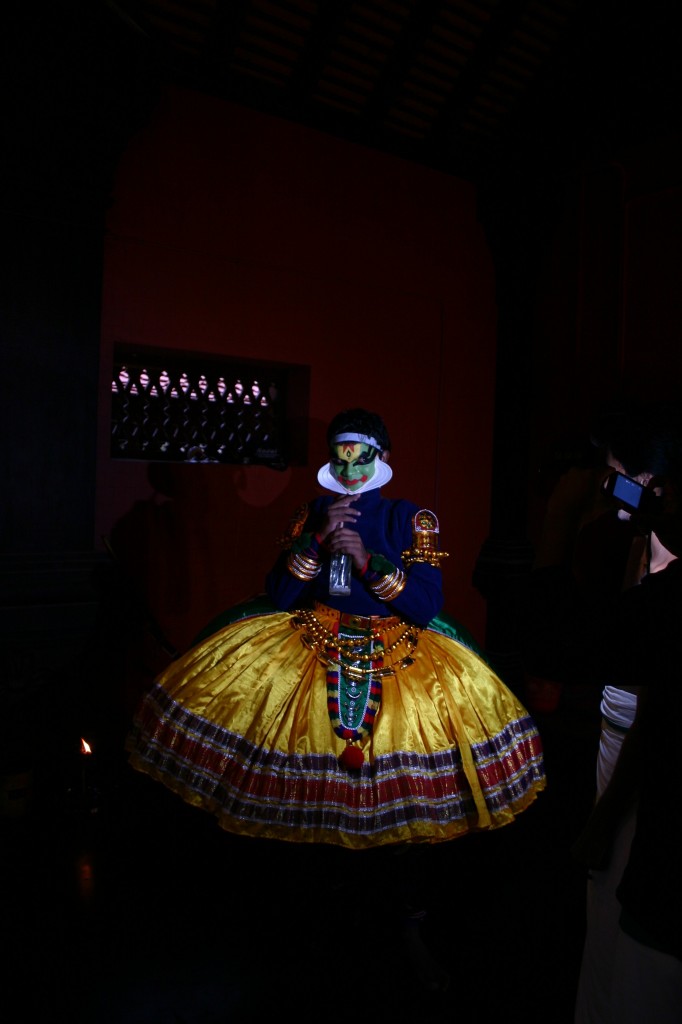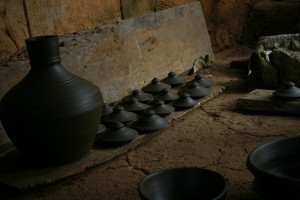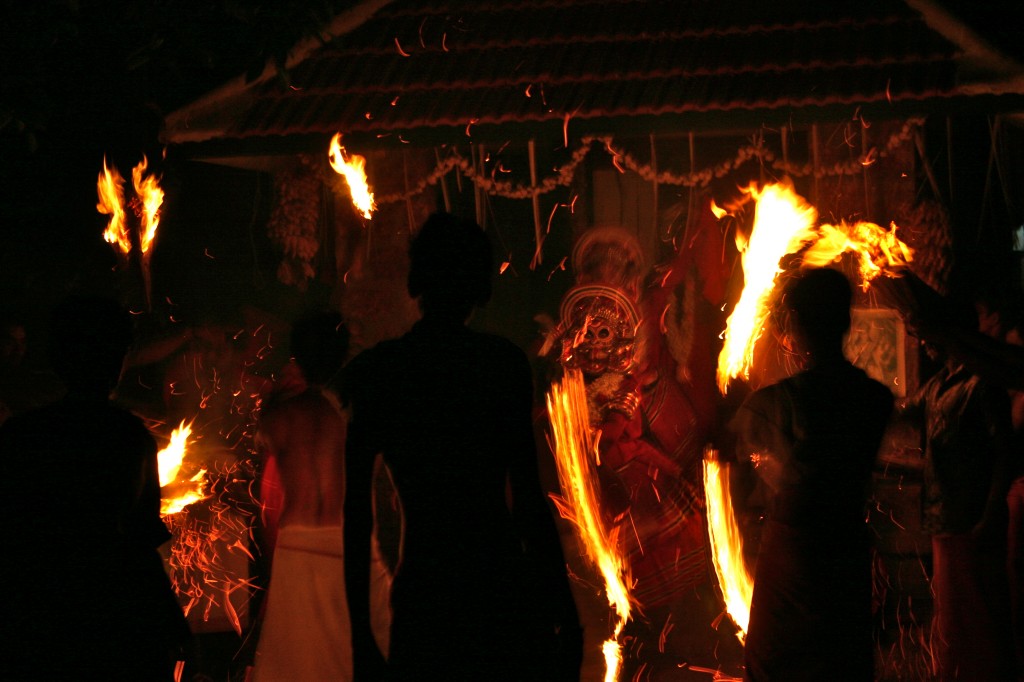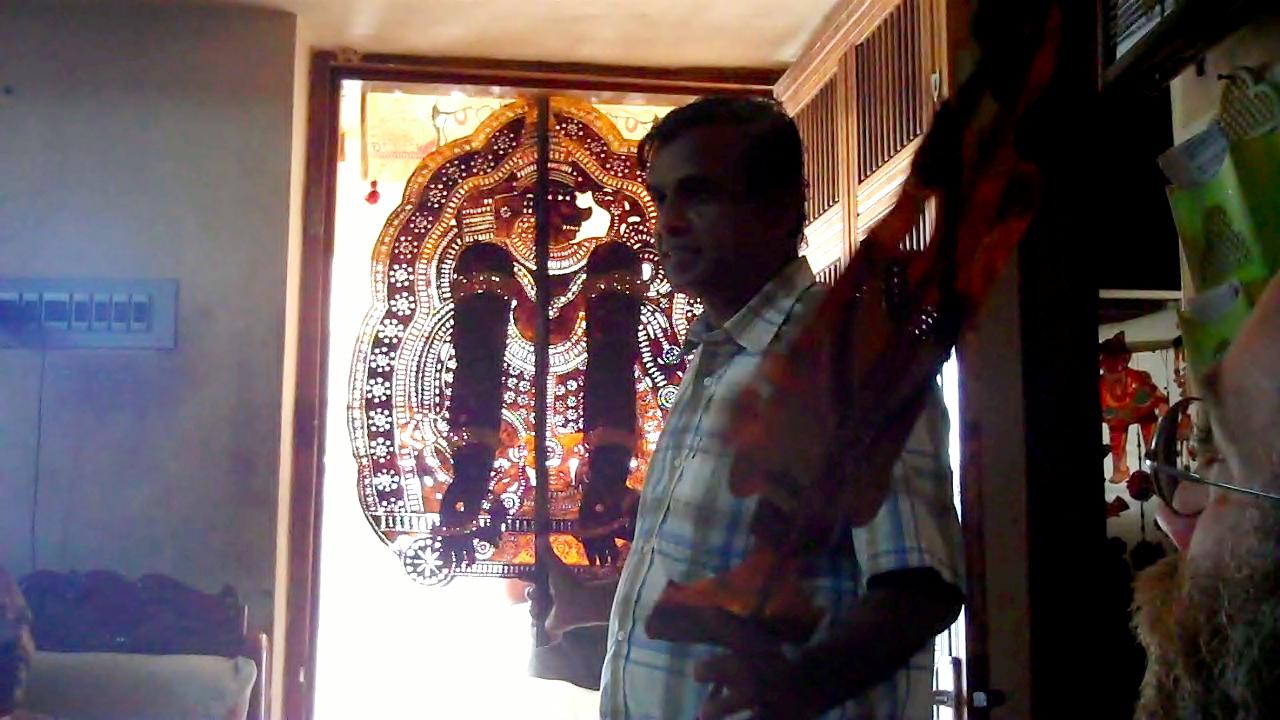Citizen feedback on development and aid projects has been a kind of “holy grail†for aid for a few years now. The latest discussion comes in a recent blog post, “Consumer Reports for Aid“, by Dennis Whittle of the Center for Global Development. This is one of my very favorite topics, too. And, I eagerly sought the same kind of thing in 2009 when we began working in the Kibera community.
But here’s why we might be awaiting such feedback loops – in the model of Yelp or Consumer Reports – until the cows come home, dedicated hackathons notwithstanding.
When we tried to activate a citizen feedback loop in Kibera with Map Kibera, we thought that having a communication mechanism for residents to post comments about aid projects on the ground could revolutionize the way not only NGOs practiced, but the way the community viewed and took ownership over development. On Yelp, if I leave feedback, either positive or negative, I feel more connected to the businesses in my community and helping them succeed, fail or improve. In short, I feel a subtle sense of ownership. If the local NGOs and projects in a place like Kibera could be put online and rated by citizens, or various services commented upon in a detailed way, then maybe we’d have some real and meaningful feedback. USAID and big donors would respond to that, not to some puffed up self-reporting.
In fact, when we launched Voice of Kibera, that was one of the first ideas we had about what it might become. It wouldn’t necessarily be the news reporting site we have now; maybe it would allow people to mark services and organizations and comment on them.
It’s clear to me now why that didn’t happen – though, as you’ll see, we’re still working on the broader goal.
1) It’s hard to overestimate the complexity of a neighborhood of some 200,000 citizens, several tribes, a variety of languages, and little government whatsoever, that has existed in spite of the government’s desire to wipe it out and whose often transient residents have to struggle every day to make a living. I’m talking about one place, but I might be referring to many urban informal or extremely poor neighborhoods in the world which are the target of large amounts of aid dollars. There is a way things get done, and a reason why they get done that way – an entrenched system in which both the aid donors, government, and local actors play a role. People are very sensitive to the micropolitics that could impact their lives much more seriously than in wealthier environments. Offending the wrong person, or pleasing the right one is an important determinant of success.
Being in the business of engaging people, soliciting and publicizing their honest and informed views, and getting accurate data out there is a big job, and in my view far too little attention is being focused by techies or donors on the community side of this equation. Ultimately that’s what Map Kibera seeks to do, but it takes a lot more than setting up a web platform.
In this context, the role of a trusted representative is very important – who represents local opinion? Is it just whoever gets on Twitter while their neighbors still don’t have a mobile phone? In our excitement over technology there are always those who figure this out and can then hijack the process. System gaming problem? Not solved.
2) International aid is a mainstay of the Kibera and many other poor communities’ economies. This is what the international aid juggernaut has wrought. Yes, most Kiberans work outside of the aid industry and its various projects, but were you to do a critical analysis of the local economy and jobs, you would find that NGO jobs are the best paid and most stable, and come with a reputation upgrade, while “appreciations†– a soda at the end of a meeting, or a bit of airtime, cash or t-shirts – will be given out to a myriad of community members who attend any sort of event or meeting. Therefore, how do you build loyalty and good ratings on your Development Yelp? By intelligently executing a project that everyone relies upon day to day, that has impact, and legitimate sustainability (meaning the NGO jobs “should†be phased out eventually)? Or by winning a popularity contest by fitting the expectations for other perks? It’s a lot easier to do the latter. The incentives and potential rewards for supporting a claim that an NGO is doing great work are very high. Saying something negative can get you in trouble. We’re talking about tight-knit communities here. Why spend time giving critical feedback when it’s potentially going to get you in trouble?
3) In fact, why spend time giving feedback at all? Time and energy are very precious resources when you live in a place where parents are forced to leave small children to play unsupervised all day because they need to work and can’t pay for daycare. You’ll need to distribute some appreciation to get participation, unless participants are using a system for rating large-donor projects they’ve been beneficiaries of (see Danish Refugee Council example below), in which case much of the feedback might be in the form of calling out the continuing need for more assistance.
4) Many might respond that anonymizing this information will solve some of the problems I’ve mentioned. That’s essentially the route that Global Giving went with most of the stories on its Storytelling platform. But in that case, you don’t have very detailed knowledge about specific interventions or programs, which to me is the ultimate goal. Also, in most instances, asking for anonymous information from people is perhaps the purest yet least effective method of crowdsourcing. Anonymous inputs means you cannot hold people accountable for false information, and also removes a key incentive – to have an online presence and visibility. Even with Yelp, that’s clearly a motivator – a little bit of egotism.
So how do you make visible the inherent knowledge in a community of what works and what doesn’t? Certainly every Kibera resident has a lot of valuable knowledge, that, for instance, the vaunted bio-toilet is just stinking up the corner and no one’s using its supposed cooking gas. There is indeed a desire in Kibera, at least, to weed out the unproductive and even fake “briefcase†or “ghost†organizations that are supposed to reside there, but which aren’t in evidence on the ground, which means there is some latent incentive to provide data.
That’s why we hope our teams on the ground at Map Kibera and others like them will become the trusted informational resource for the community and will do a kind of due diligence on the local organizations and projects. In fact, this is a standard role that journalists play in a community – accountability and investigation. New kinds of citizen journalists and information centers can fill this role in places where there is limited news coverage. These informants aren’t anonymous at all – but they are protected by association with a network and local reputation.
In fact, an idea the Map Kibera team had was to create a directory of organizations and projects in the area where each group could have a page explaining what they do. The neutral nature of this project would invite in organizations in order to allow people to know who’s doing what where, and basic transparency would be built in. It would also help those tiny initiatives of regular community members – the orphanages, day cares, and youth groups – without much money or tech savvy to have some visibility and essentially prove their value. Mikel and I worked on this a little bit in a different format with Grassroots Jerusalem at www.grassrootsalquds.com. We are still seeking funding to finish this platform and establish it in Nairobi. Once that’s done, I think we can rely on our dedicated team to fact-check reports and post about various initiatives, and because they’re trusted members of the community, they can retrieve detailed opinions of citizens, both positive and negative and quote them on the site.
There is another way this could all work, which is to create a loop about government and large donor projects (those less likely to have a presence in the community) or simply highlight needs that require attention locally. This is more akin to the FixMyStreet concept, calling out local issues which have no project yet attached in hopes of triggering government or other support. We’ve tried to do this in Tandale, a slum in Dar es Salaam. There, we trained a team of reporters who’ve mapped the area and now post blog reports about conditions in the slum. See http://tandale.ramanitanzania.org/blog/. In this case, the loop has so far failed to close on the government or other responder’s side, in spite of initial promise. Here is where an influential third party can play an important role, such as the World Bank or UN.
I also found interesting this example of the Danish Refugee Council trying to solicit feedback on its work, which might not be a model to copy but gives a pretty accurate picture of what types of complaints a system might field. This is what a loop would often amount to: “We are requesting for power to charge our mobile phones, in order to reduce the challenges about the power and sent more SMS feedback.†Response: “According to your prioritization, DRC doesn’t provide electricity to any community.†Basically, that’s a no. I’m not sure that gets us much further, yet, than fielding such requests for more assistance. But, it does make public a normally very private exchange between donors and beneficiaries, when they are in that traditional relationship common to development schemes. I think this is a step in the right direction, because the more we open up these processes the more likely they will be open for questioning and productive critique.
The fact is that every “complaint†about “service delivery†is actually a citizen claiming a right – clean water, for instance – often in a place where there is no easy solution and there is a systemic and ultimately, political reason why neither NGOs nor government have yet to provide for such needs. Usually, that reason has little to do with the government (or big NGO/World Bank/UN etc) not knowing that the problem exists, sometimes in great detail.
The more that trustworthy community information representatives can detail and report and map and publicize and pressure and comment – and, do real journalism about – about the particular issue, the more likely that some downward accountability will be injected into the system. It’s also more likely that community members will begin to understand the forces at work in their neighborhoods and analyze what’s happening around them. It’s hard to imagine an information asymmetry as critical to address as that between residents of poor communities and major players in the development and government arenas, the 6 foot view vs the 30,000 foot.
